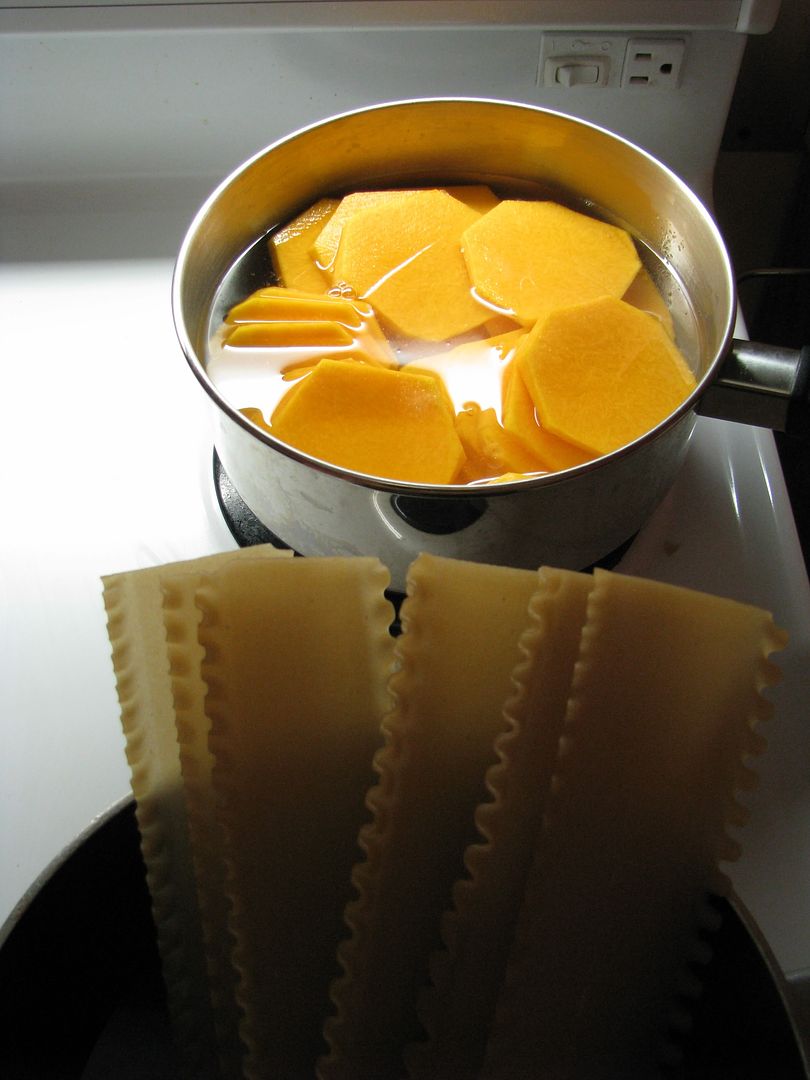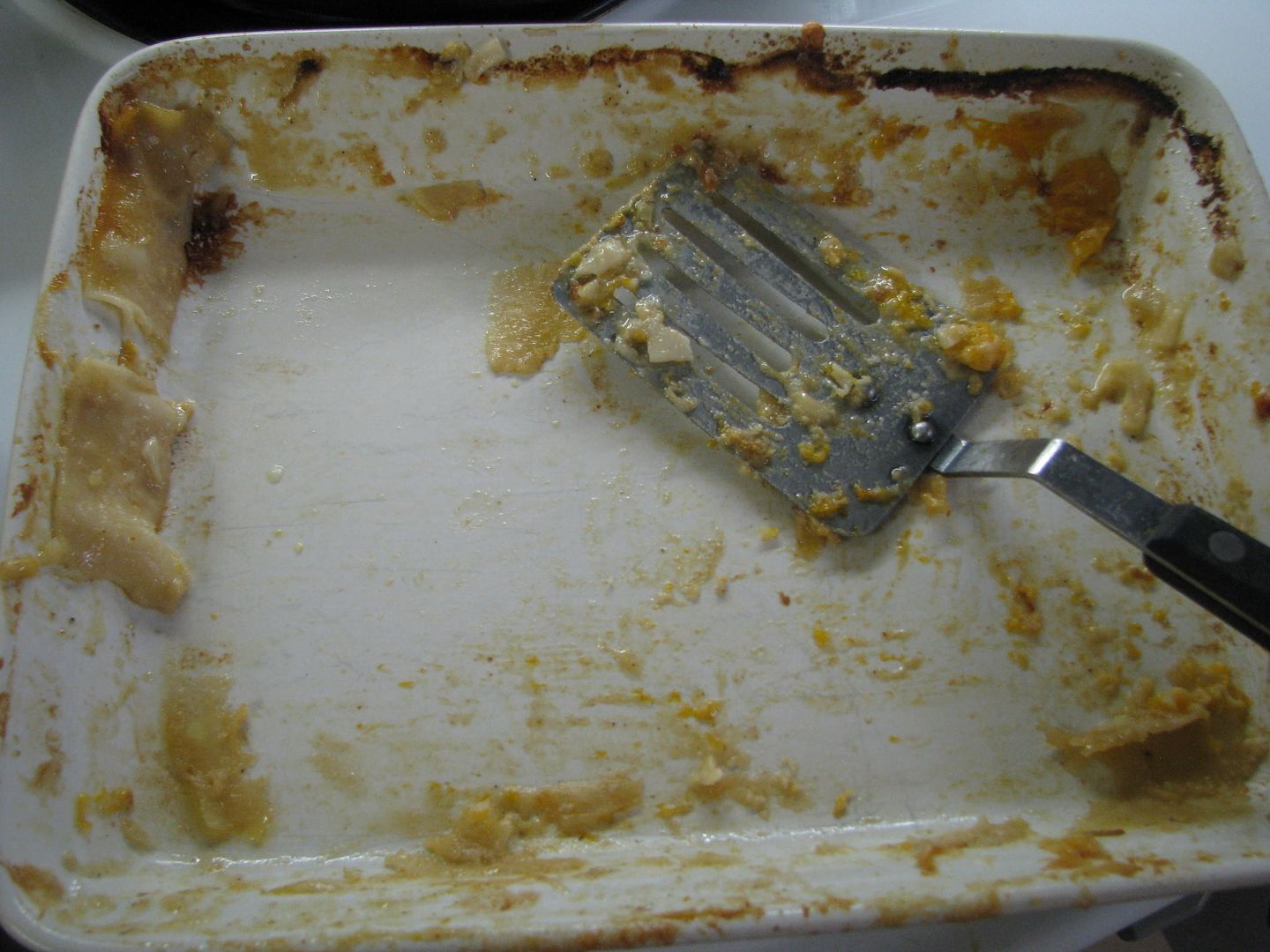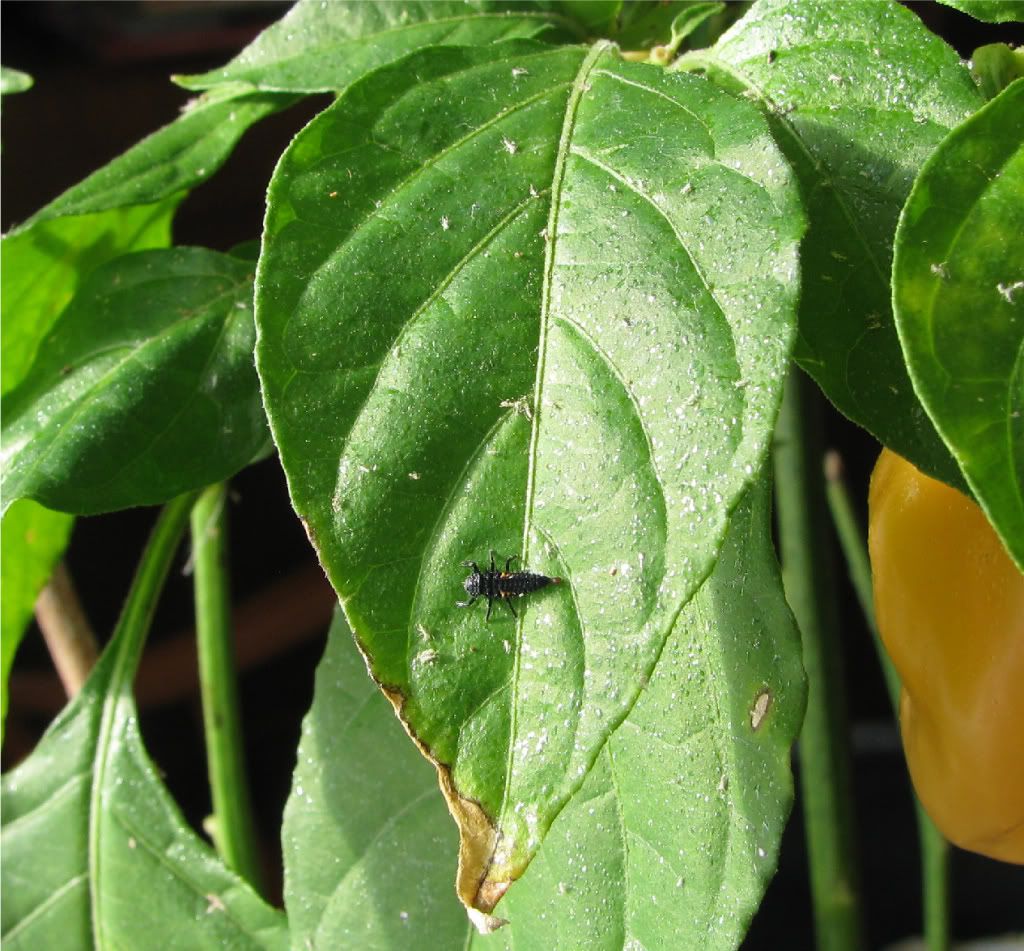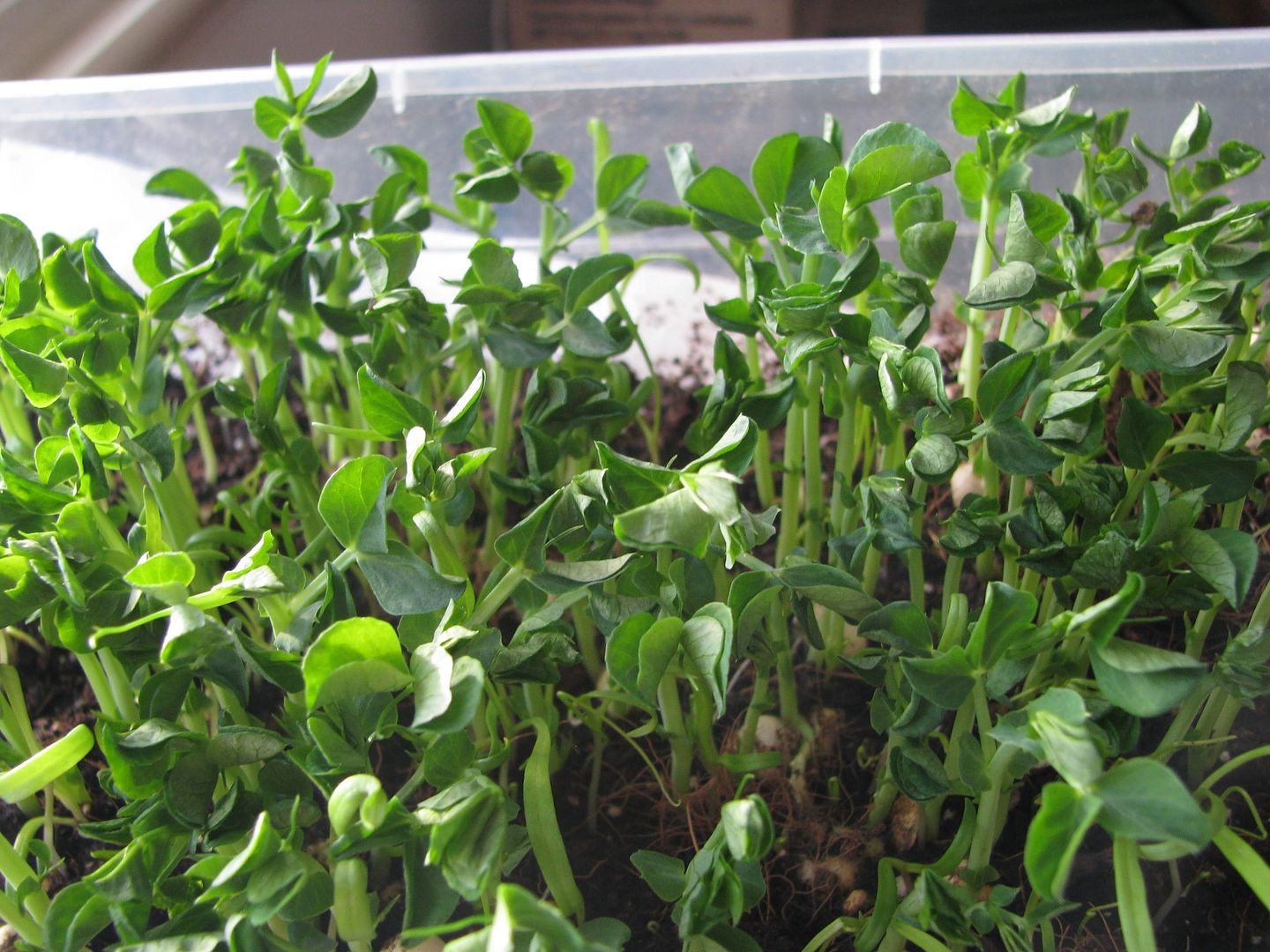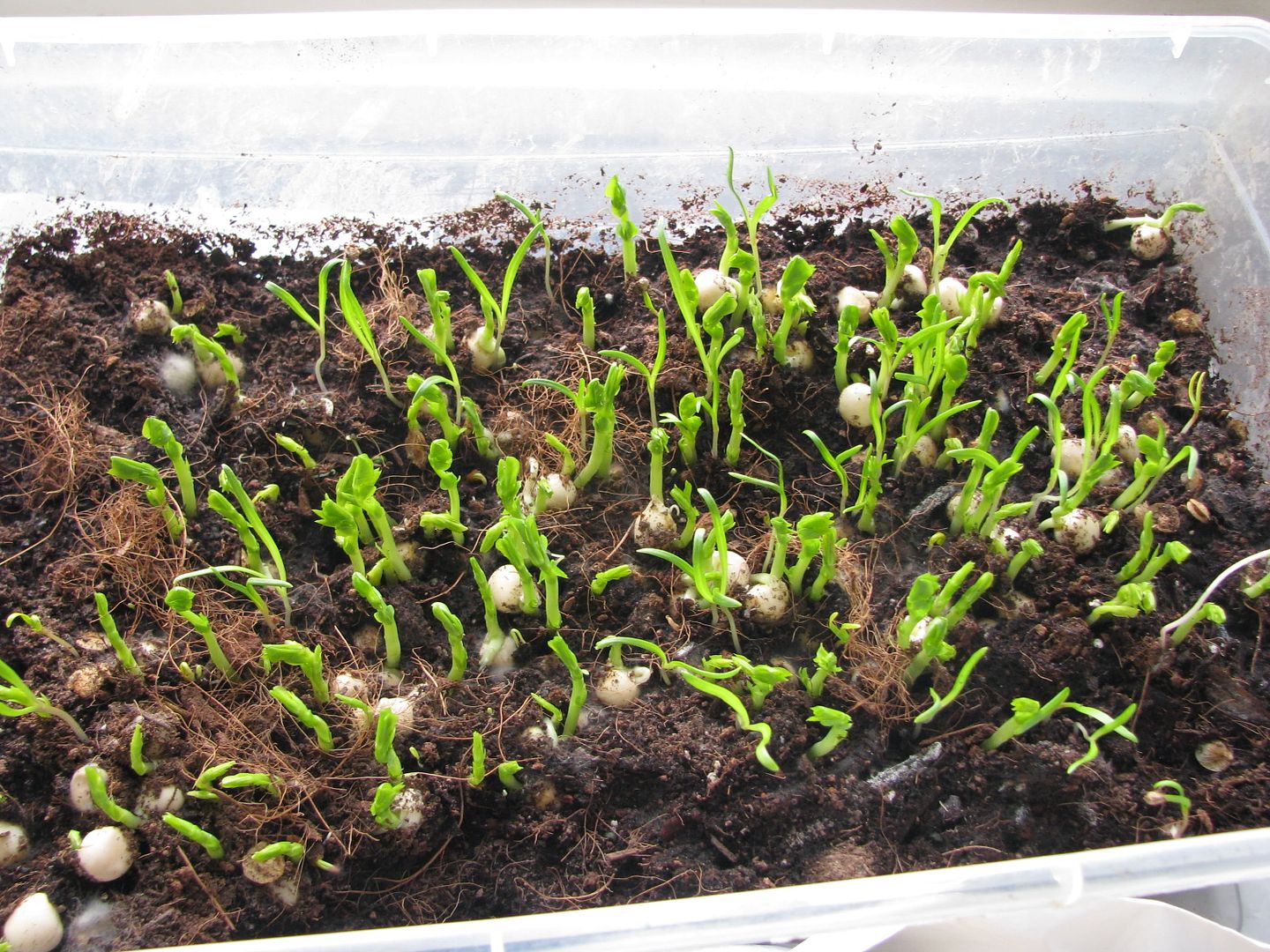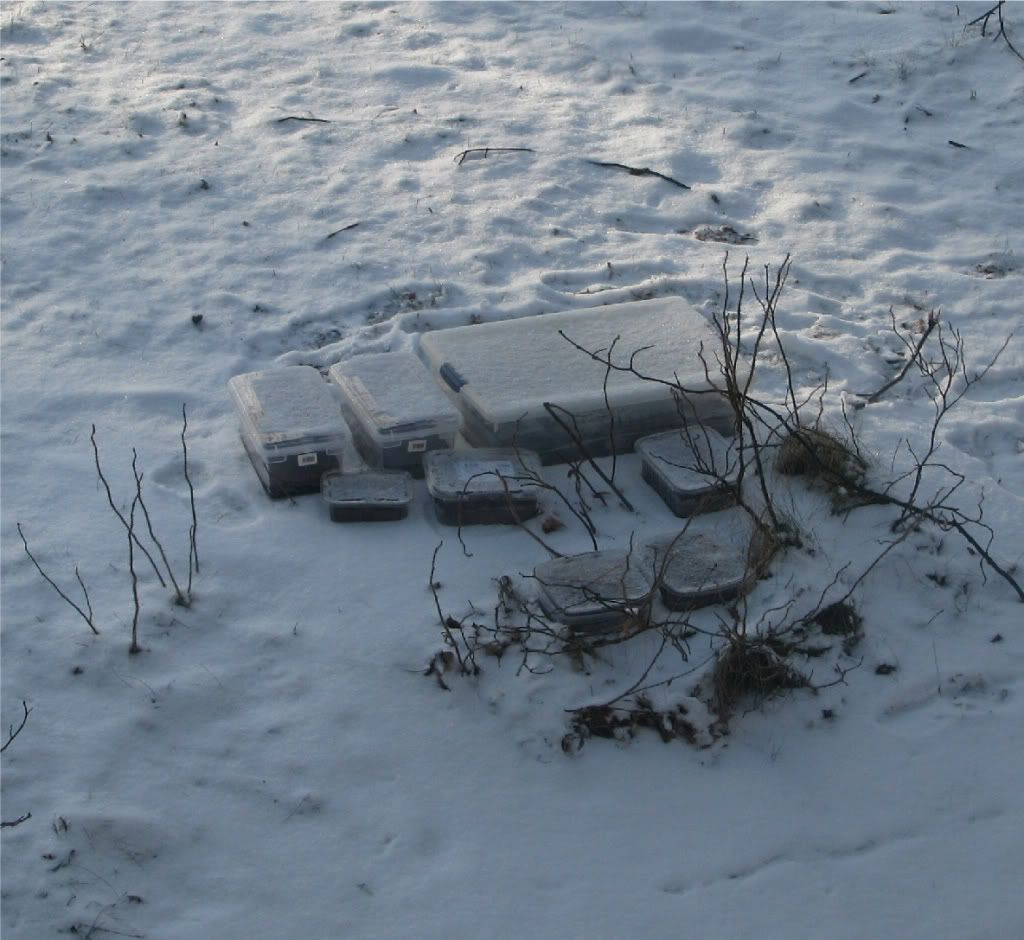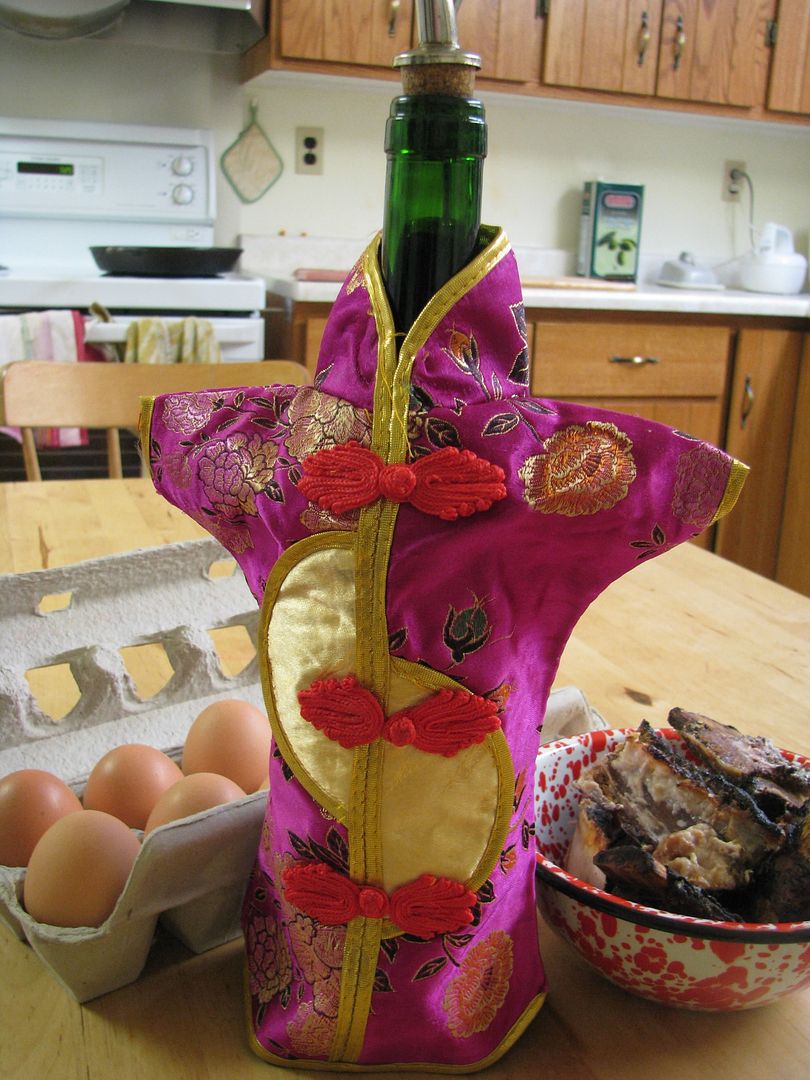 Why the coat oil? Do you have something non compostable to hide?
Why the coat oil? Do you have something non compostable to hide?Let's just jump in and grab this bull by the horns and then attempt to toss it in the compost pile. Wait that's against the cardinal rule of composting: No animal parts and by that we mean no milk, meat, or oil.
Otherwise, you could risk attracting pests, introducing disease or just smelling up the place.
I've never been very comfortable with this rule. Afterall, life is starting and ending in my yard all the time from the tiny microbes to the more visible vertebrates. Languishing in corners are the carcasses of bird and rodent. These have only caused a temporary smell and no one has mentioned that I should treat them as hazzardous waste. However, they are not in my compost pile and I have yet to introduce road kill into my corn patch so let's disect the problem and see what parts of it should induce panic and which parts can safely turn into humus.
The problem: pests, disease, oil and bones.
Many sources will say that you can get away with adding some dairy and a few will even allow a bit of meat such as the odd dead mouse (really) or flecks of oil assuming you bury it in the hot part of your pile.
Seen from a digestable perspective, the problem with meat and milk is the oils contained. Oil is both hydrophobic (scared of water - watch oil run screaming when you add water) and smothering, excluding two important components for aerobic (with oxygen) composting. Adding great dollops of lard or vats of olive oil is therefore not a good idea but a hot compost pile should have no problem consuming the left over roast duck in orange sauce or that yoghurt forgotten in the back of the fridge as long as carbon to nitrogen ratios are respected.
Disease organisms, for the most part, won't stand a chance in the inferno of hungry organisms and heat, but life is tenacious so I won't make a blanket statement that everything pathogenic will be eliminated. This is also true for plant diseases
.(1) For more on this subject, I highly recommend reading the
Humanure Handbook.(2) Some diseases, not only require direct host to host transmission but they only survive a narrow range of pH, temperature and moisture. Some, do not. If your beef could have prion disease, for example, I wouldn't compost it. I also wouldn't eat it. Not a bad idea to wash off some of that dirt from your carrot before chowing down too. (Kids did you here that?)
The aroma of free food will attract scavengers. It doesn't matter if it is a rotting apple or a left over t-bone steak. There are enough omnivorous pests that I would argue any decaying food can get the rats, squirrels, ants, racoons, bears, dogs, crows, etc... all excited. I have never had a problem with this in the city. Sure there were squirrels running away with their apple core bounties but I never had my compost strew about. Not everyone has such luck and quite frankily do you want a bear to think of your backyard compost as its fast food rest stop?
Those of us that do have an issue with truly
scary magnificent animals visiting their piles may want to use other forms of human food to soil/plant food conversion.
Covering up the Problem
You may have seen composters on the market that claim that they will allow you to compost anything from dog doo doo(3) to meat. These normally use sealed, anerobic composting. They will contain the guck and the smell (hopefully). Alternatively, if you have just come home from a successful day fishing mackeral and want to have all your friends over for a fry up, you can do some shallow grave composting to cover up the allur of fish heads. A good topdress of dirt will cover some pretty ungodly smells
(4). You could build a garden bed by progressively digging and covering an enrichment trench.
In The Complete Compost Gardening Guide by Pleasant and Martin, they take care of the problems of smell and pests by digging a pit with an animal proof lid. Keeps a potentially unsightly pile out of sight too.
Transforming the Problem...Composting is all about transformation so instead of lamenting that you have to toss away some perfectly good bones, why not make stock. Boiling bones and meat scraps to get the last of the goodness out of them helps kill potentially harmful organisms, gives you a base for delicious meals and reduces the bone of contention (I'm laughing) into a partially demineralized product that you can leave to dry. Crush the brittle remains to make something akin to bonemeal. I've read of people charcoaling then grinding the bones too.
Egg shells can also be saved and broken into smaller pieces that are more evenly spread around the garden. You could also boil these if you were worried about the little bits of raw egg clinging to them and pour them water and all into your pile. I wonder what would happen if you disolved the egg shell in vinegar first then added it?
... a little more radicallySpeaking of chemistry experiments,
Bokashi is a composting system that can be done inside using any food scraps by fermentation. This is essentially predigestion of your food into something more immediatley useable in the garden.
Indoor worm bins do pretty much the same thing leaving you with a wonderful crumbly soil at the end for soil ammendment or a pot medium for things like seed starting. I was quite surprised to read what people feed their worms since I had been lead to believe that their delicate systems handled only the most strictly orthodox compost ingredients.
On the internet however, there are people who have set the worm bins (which are communities fo various organisms not just red wigglers) the challenge of consuming a steak or a
Tim Horton's coffee cup. I guess once you get to be a master worm wrangler, you could easily give them the last crumbs of your pork pie
.(5)
A creature that definitely would have no problem with most table scrap are chickens. When I asked the question on my favourite gardening forum -
Homegrown Goodness - what people composted and how, many said that they dealt with the issue of oil by adding it to their feed. Heck, you can buy chicken poop 'all natural' fertilizer in the stores. Someone else said the oil just helped their
Terra Preta pile burn.
It sounds drastic but burning in areas where it is legal is another way to deal with problematic organic waste. One hunter makes sure that no big creatures raid his compost by cremating left over carcasses. This potash is then sprinkled onto the garden.
So there you go, deal with dairy, meat and oil by: burying, boiling, pre-digestion and burning.
* I would avoid adding diseased plant material into a compost pile, especially a cold one. Instead, it would be better to cook it in a plastic bag, burn it or dispose of it by some other means to avoid spread. In the literature, minor disease issues are often dealt with by clean up, or tilling under the diseased residue.
** Go on, read it, it's all available online, or buy it as a reference. Yes, it talks about poop.
*** Cat waste is spoken about as more of an issue as it carries toxoplasmosis which is harmful to fetuses and people with compromised immune systems. Other carnivorous animal waste can also transmit disease. I'll talk about possible composting methods in another post. To tide you over, Compost Guy gets the link of the day with a
third reference to his site on this page.
**** If your slow burn pile has taken on an anerobic odour and the stirring the slurry seems impossible, cap it off with a couple inches of soil. This has worked for me.
***** I know if you look up feeding red worms meat, you will get the endless repeating of the same thing to avoid meat and dairy. The Copy Crazies, hereforth known as C.C. is an issue on the internet. I assure you there are also people who say otherwise such as this amusingly written article at
Earth Worms Galore. The problem seems to be more with keeping the bin user friendly rather than the worm ecologies (more than worms will reside in your bin) not actually being able to deal with these byproducts.
Waste Not, Want Not - The Story of Crumbs Part I - baby fliesWaste Not, Want Not - The Story of Crumbs Part II - the how to guide
Now that we covered the easy bits, let's move on to more contraversial waste:
Waste Not Want Not - The Story of Crumbs Part IV - pee, hair and other gross stuff.
